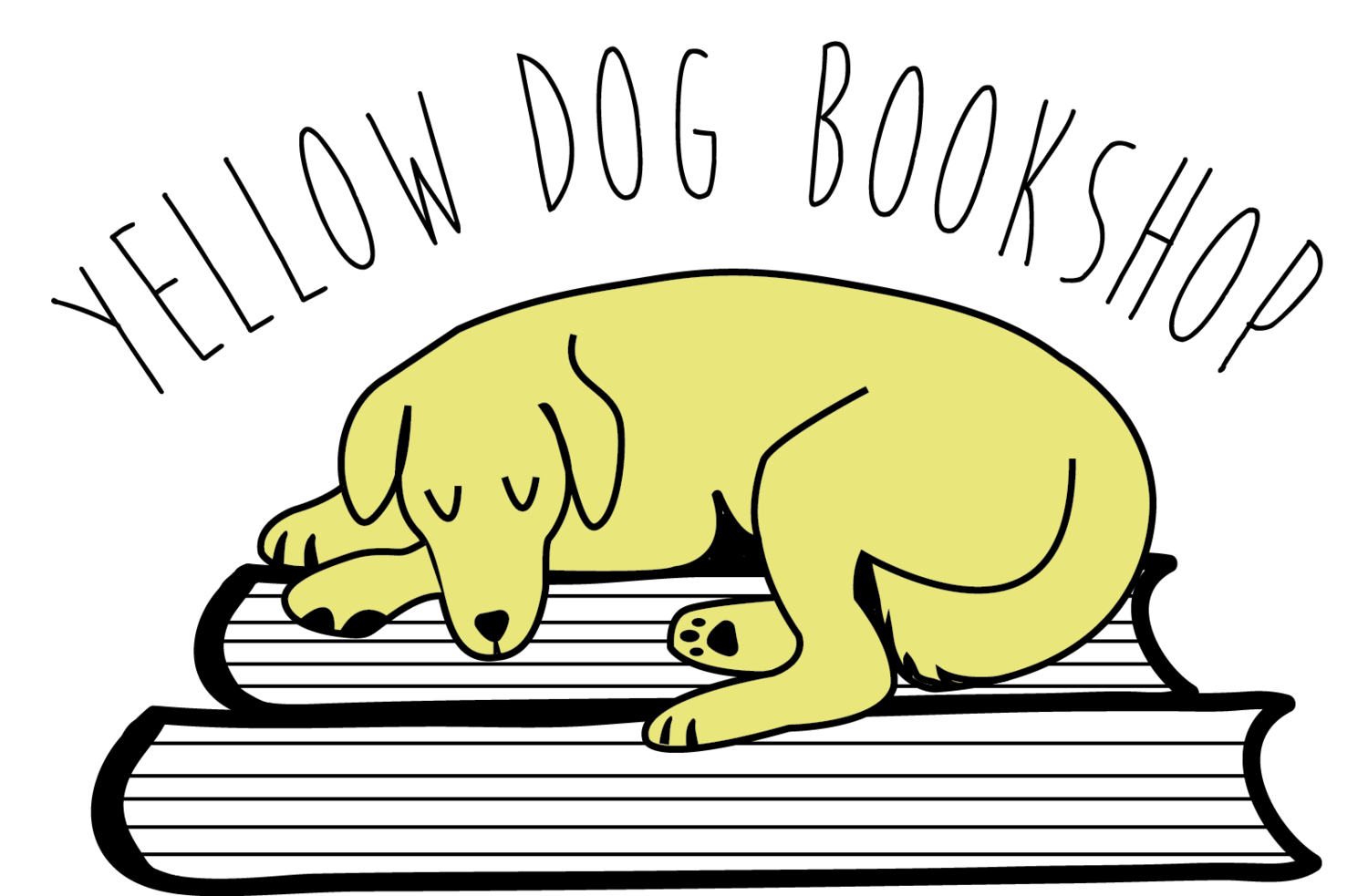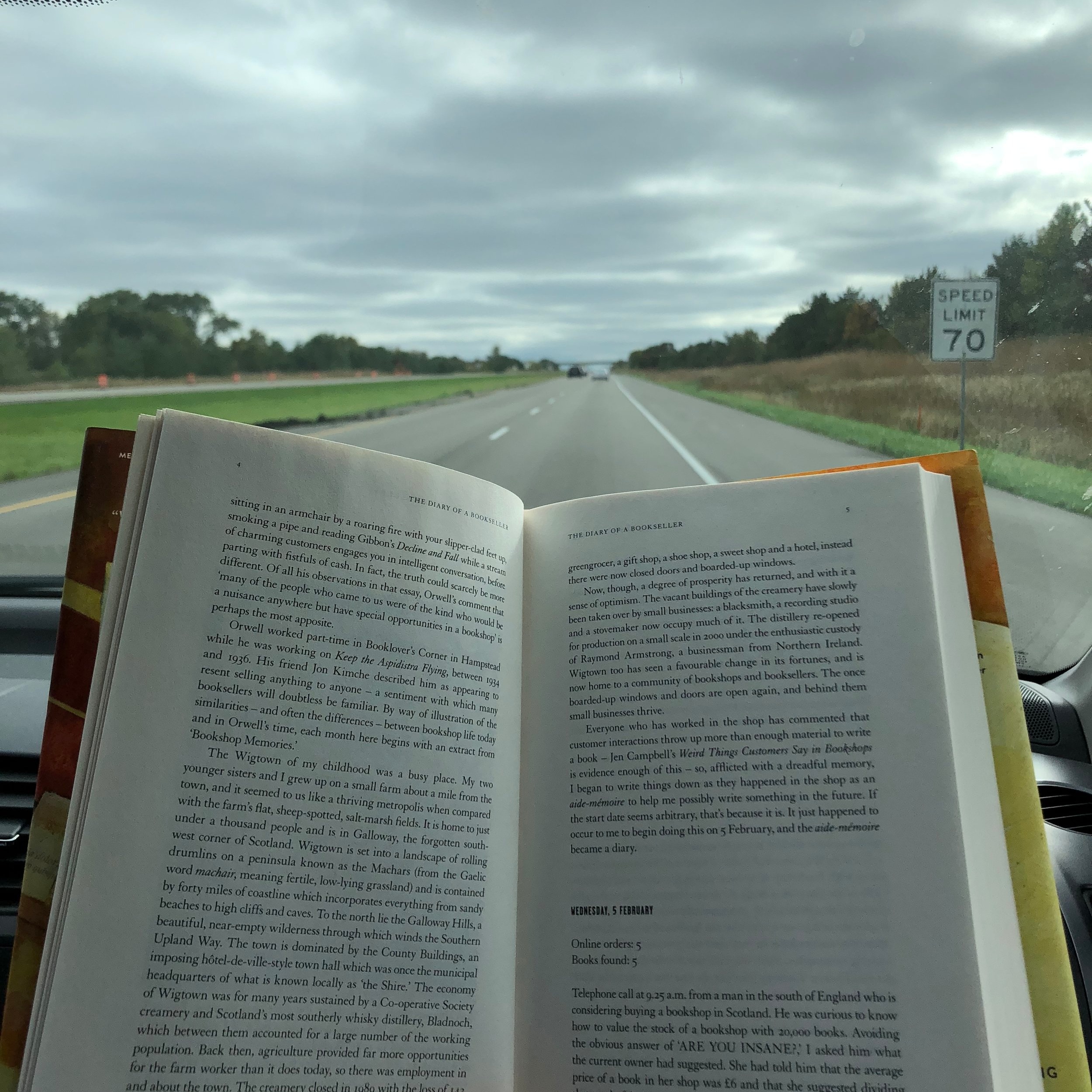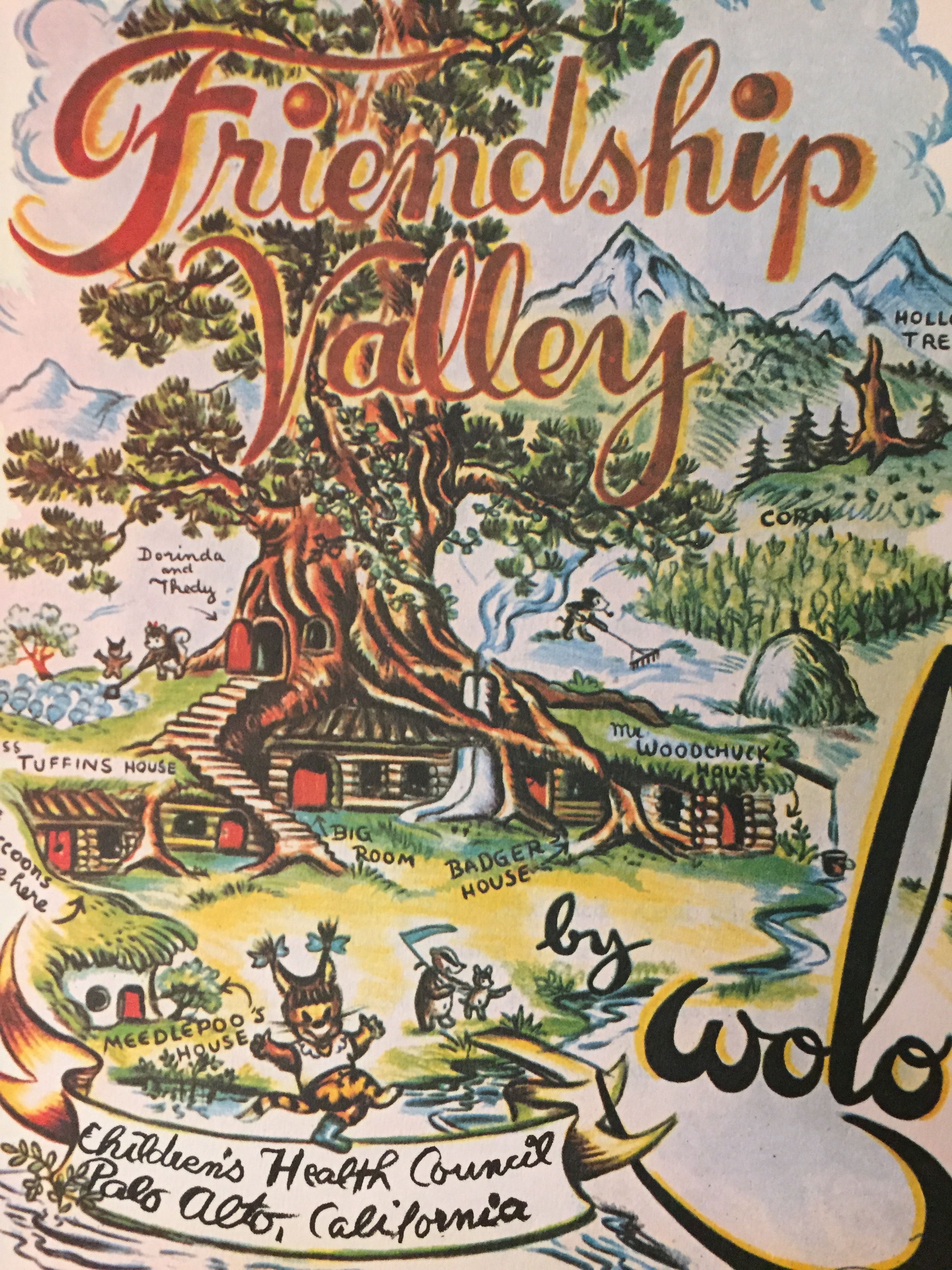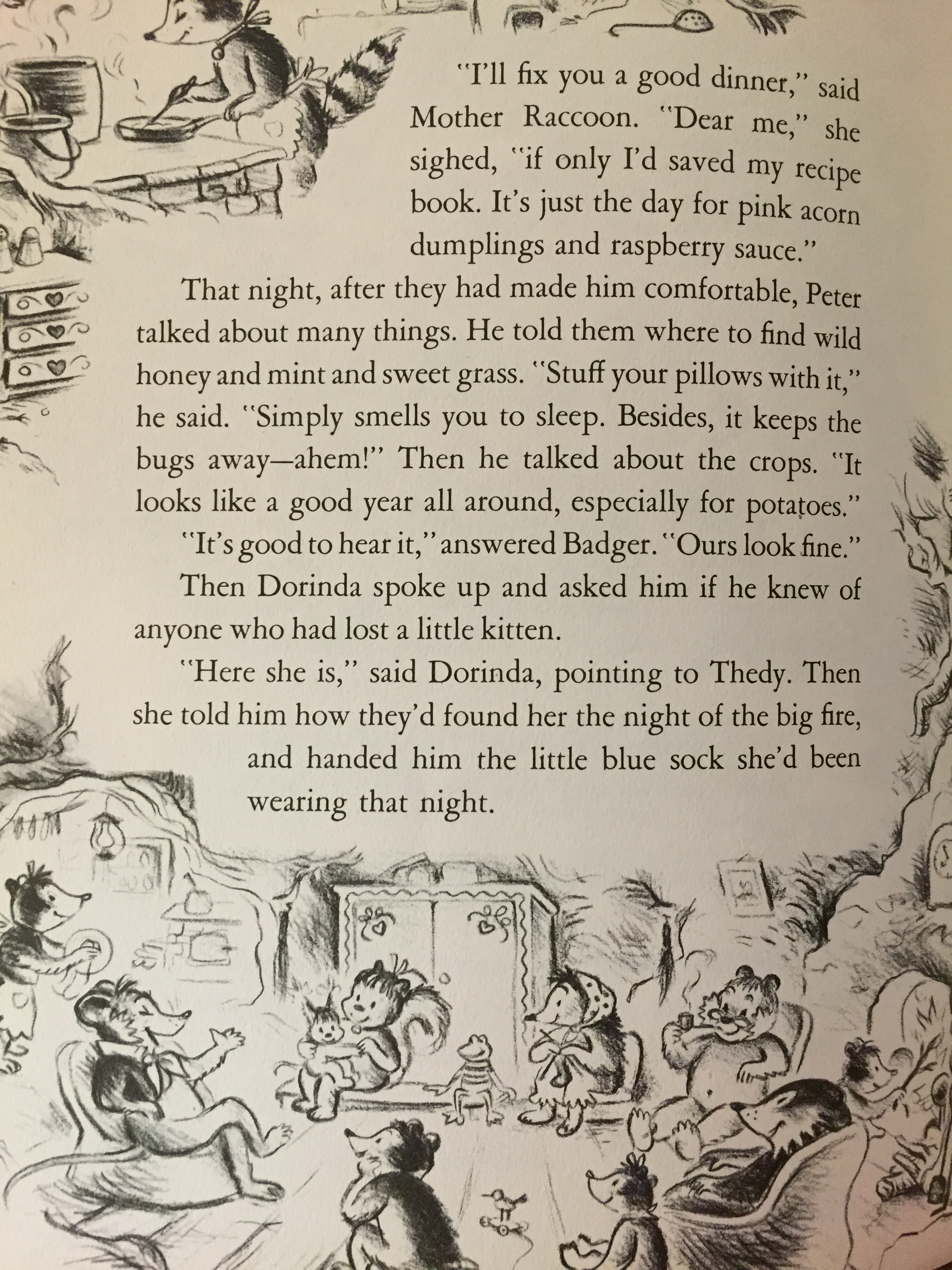Hey everyone, Austin here! Have you heard of the Gateway Award? If not, you should check it out. I have had the pleasure of volunteering as a Reader Selector for the award over the past few years in an attempt to expand my own reading tastes in the Young Adult reading world and, in the process, have encountered some truly amazing novels. My next reviews will be centered around my Top 5 favorites among the 2018-19 Gateway Award Nominees (they’re all pretty great though).Here’s the full list of 2018-19 Nominees if you’d like to explore them yourself!
Scythe is one of those books that, on the surface, seems incredibly dark and disturbing, yet throws you into a world of intrigue and moral dilemma - a future United States where disease and death have been eliminated due to advances in technology, and decisions for the entire world are made by an overarching technology called “The Thunderhead”. Readers follow Citra and Rowan as they are apprenticed to a group of people known as Scythes, trained in the art of killing and the history, value, and purpose of death. Scythes were created, outside of the Thunderhead, to “glean” individuals to prevent overpopulation, which causes them to be feared as well as revered as celebrities.
I do not want to explain too much of the plot, as I think it would be more fun to allow the chaos, beauty, and mystery of this book to unfold as you read. However, I want to expand upon my surprise at the depth this book created within my own psyche. I, honestly, read this book a year ago, but I still find myself thinking about two concepts Shusterman layered on top of each other as a foundation for his world - technology and death.
Shusterman created a world in which the Thunderhead is always watching, always computing, and always making the best choices for the entire world. Through this end, the world population has become accustomed to technology being a pervasive part of life. Need food? Ask the Thunderhead (it will give you food). Need a new friend? Ask the Thunderhead (it will pair you with someone analytically matched to meet your current needs). Need to be healed? Just change the frequencies of the nanobots living inside you and the Thunderhead will take care of the rest. The whole concept is incredibly “Big Brother”-ish yet the world agrees to, and seems unaffected by, complete control of the Thunderhead.
However, the concept of the Thunderhead leaves me with more questions than answers as I ponder the rise in our current technologies. Our iPhones and other devices are constantly tracking and gathering data on us to provide optimal user experiences. What happens if we give over complete control so the devices are always making our decisions for us? What would that world look like? Would it actually lead to a utopia or would the world be led into chaos? Shusterman weaves his conjectures through Scythe in an impressive feat of world building and has left me pondering the role of technology in our current existence.
Using the Thunderhead as a base, Shusterman expands his narrative around death, but I would argue that he’s actually writing about life. The Scythes are trained to kill (excuse me, glean) but the more important conversations arise when talking about how people choose to live within this world of immortality. Citra and Rowan struggle with this in very different ways, yet they both have to reach their own conclusions regarding how they choose who to glean from the world. Should they glean the oldest? Should they glean the least “successful” individuals, or should they only glean the willing? These conversations might seem disturbing, yet Shusterman builds his world so they come naturally and without shying away from the dissonance they create within his characters.
I truly loved this book (5 out of 5 Awesome Austin Points) - Shusterman’s world building and character development are phenomenal and I found myself disappointed knowing the series wasn’t yet finished and I had to wait. Ugh. However, since last year, I have read the second book in the series, The Thunderhead (January 2018). And, though such a thing is rare, I would argue it is a sequel that outshone its predecessor. I am looking forward to the third (and hopefully final) book, entitled The Toll. It is slated for publication in 2019.
- The Bookish Austin


























































